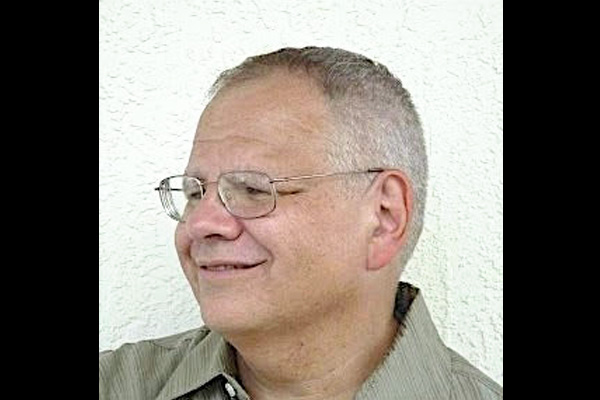Terrence Gorski died July 2. He will be missed! –
2020 – Conducting a Relapse Autopsy is Crucial
So, if relapse is a process rather than an event, how does one identify their unique pattern and interrupt it early on? Start by asking the simple question, “what happened”? Ask this from a detached perspective, as if you were a scientist studying some natural phenomena. Adopt an attitude of curiosity and wonder rather than self-condemnation. The goal is greater awareness. Write a list of personal warning signs that lead you from stable recovery back to chemical use. Focus less on the moment of use; you are more interested in identifying the factors which led to that point.
- What were the stressors that were not sufficiently addressed?
- Were there any irrational thoughts that you could have disputed?
- Is there a primary emotional response that triggers your addictive act?
- Can you identify the absolute earliest moment when the thought of drug use entered your mind?
- Did you dismiss the thought of drug use as ridiculous or deny the possibility of using drugs again?
There is never just one warning sign, but usually a series of signs that build on one another. It is the cumulative effect of these factors that wears the individual down.
Relapse does not happen when the addict takes the first drink or drug. Relapse is a process that culminates in drug use. The relapse process causes the addict to feel pain and discomfort which in turn distorts the ability to think clearly. The pain and discomfort can become so intolerable that the addict becomes unable to live normally when not using.



